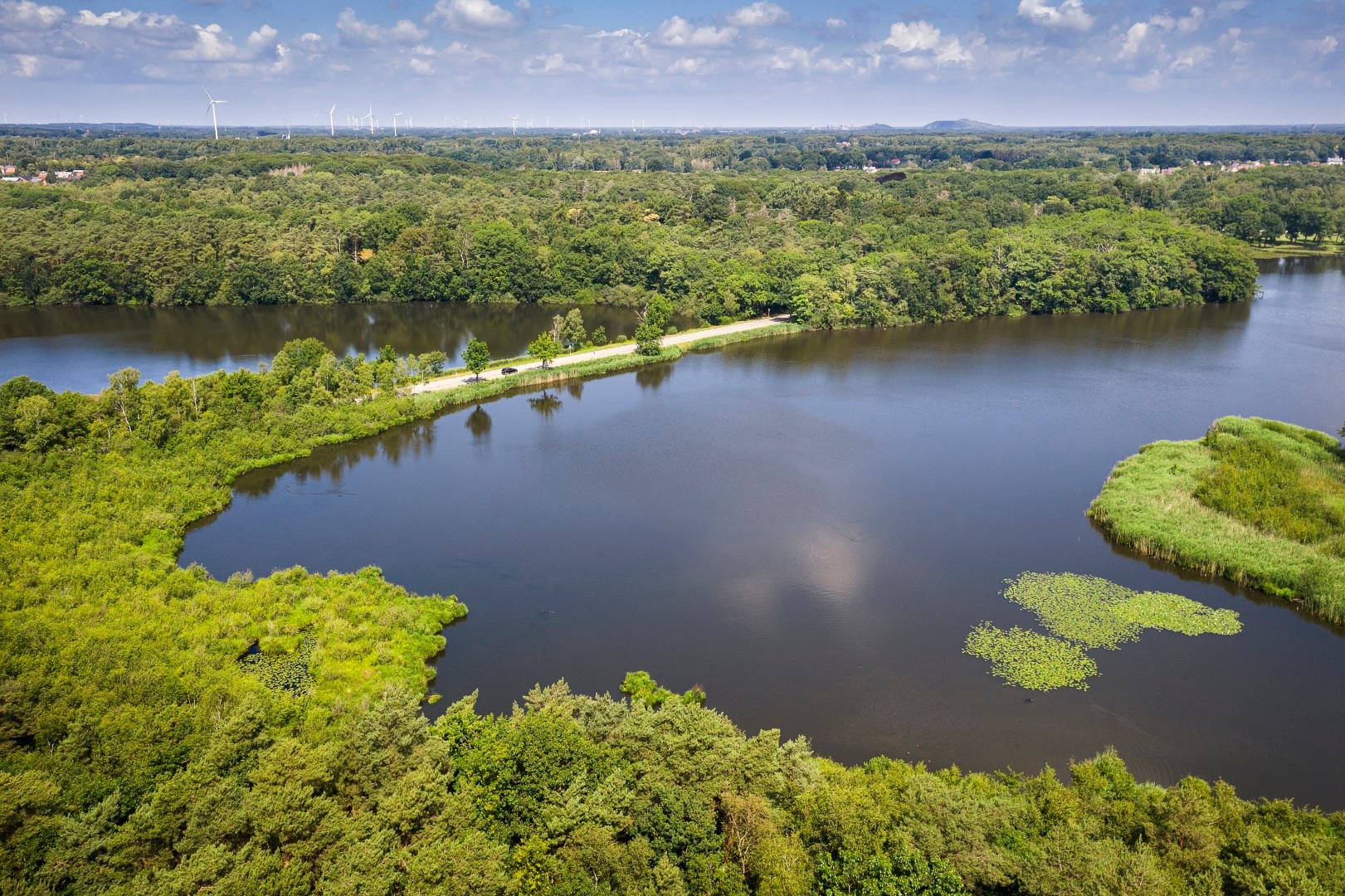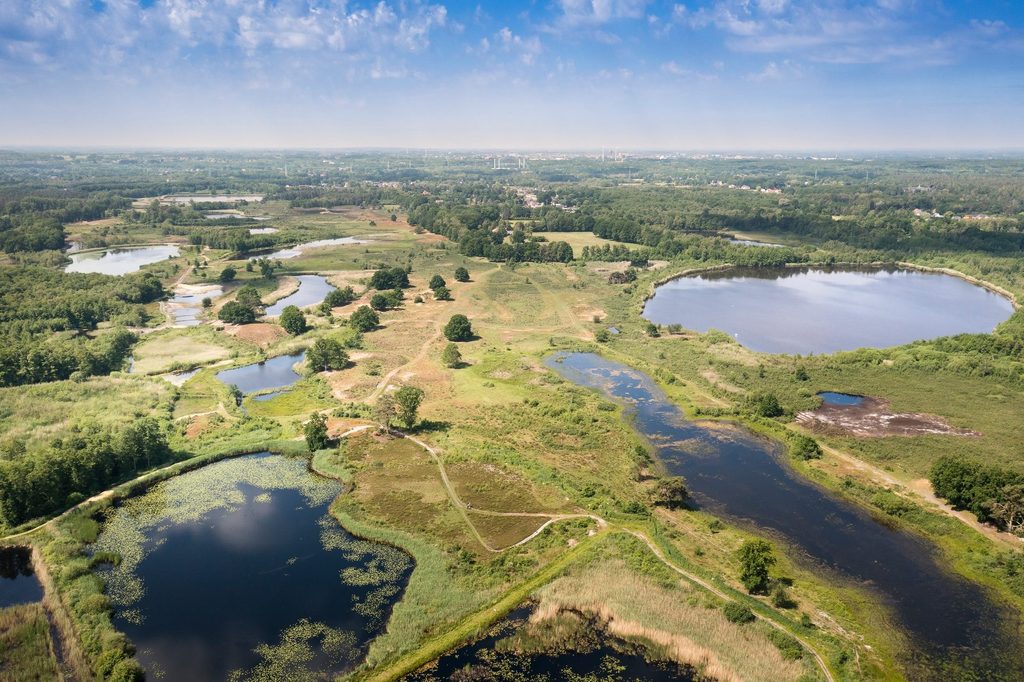Two nature domains in Belgium are looking to be recognised as UNESCO Biosphere Reserves, which would help with efforts to preserve and increase biodiversity here.
In 1971, the community-led programme Man and Biosphere launched the UNESCO Biosphere Reserve label. It has helped regions to innovatively reconcile nature and landscape protection with social and economic development.
A total of 748 sites globally have been given the title of Biosphere Reserves, including well-known nature reserves such as the Camargue in France, and the Maasheggen in the Netherlands, but so far, no nature areas in Belgium are included in this list.
Two locations in the centre of the eastern province of Limburg, known for its large green spaces including the country's first National Park, are looking to change this.
Earlier this summer, De Wijers, the largest contiguous pond area in Belgium, announced that it is starting the procedure to be recognised as a UNESCO Biosphere Reserve. The wetland nature reserve comprises no fewer than 1175 ponds and accounts for 700 hectares of water and reeds, spreading across seven municipalities.

Credit: Robin Reynders-Province Limburg
Many rare animals such as the bittern, a mysterious heron-like species, and plant species find their habitat here, but people are also invited to explore the area through a network of trails as the landscape forms a breathtaking backdrop for walking and cycling.
Its value as a nature reserve is also recognised on a European level: large parts of the area are included in the Natura 2000 network and receive extra protection from the European Union. However, the dossier to submit the application will likely not be ready for several years.
A second nature area, GrensPark Kempen~Broek in northeast Limburg, which is a collection of nature reserves stretching over 25,000 hectares across the borders of Dutch and Belgian Limburg and North Brabant, is already further along in the process. Its file is almost ready and will be officially submitted in September.
It started its application at the request of the provinces and municipalities to which Kempen~Broek belongs.
What does the label signify?
UNESCO Biospheres focus on the relationship between people living around the areas and those visiting, and their environment. Once a nature reserve is on the list, it offers a lot of advantages for the site in question.
For instance, together with experts, ways are sought to allow people to live more in balance with their natural environment, and efforts are made to preserve and increase biodiversity. Within the network of sites, knowledge and expertise are shared.
The recognition also facilitates grant applications and fundraising. Finally, there is also room around it for sustainable economic development, which could help put both Belgian sites on the map by focusing on tourism and the marketing of regional products.
However, the label is a quality standard that sites don't just get, but that they have to earn permanently, as ten-yearly evaluations are carried out.

